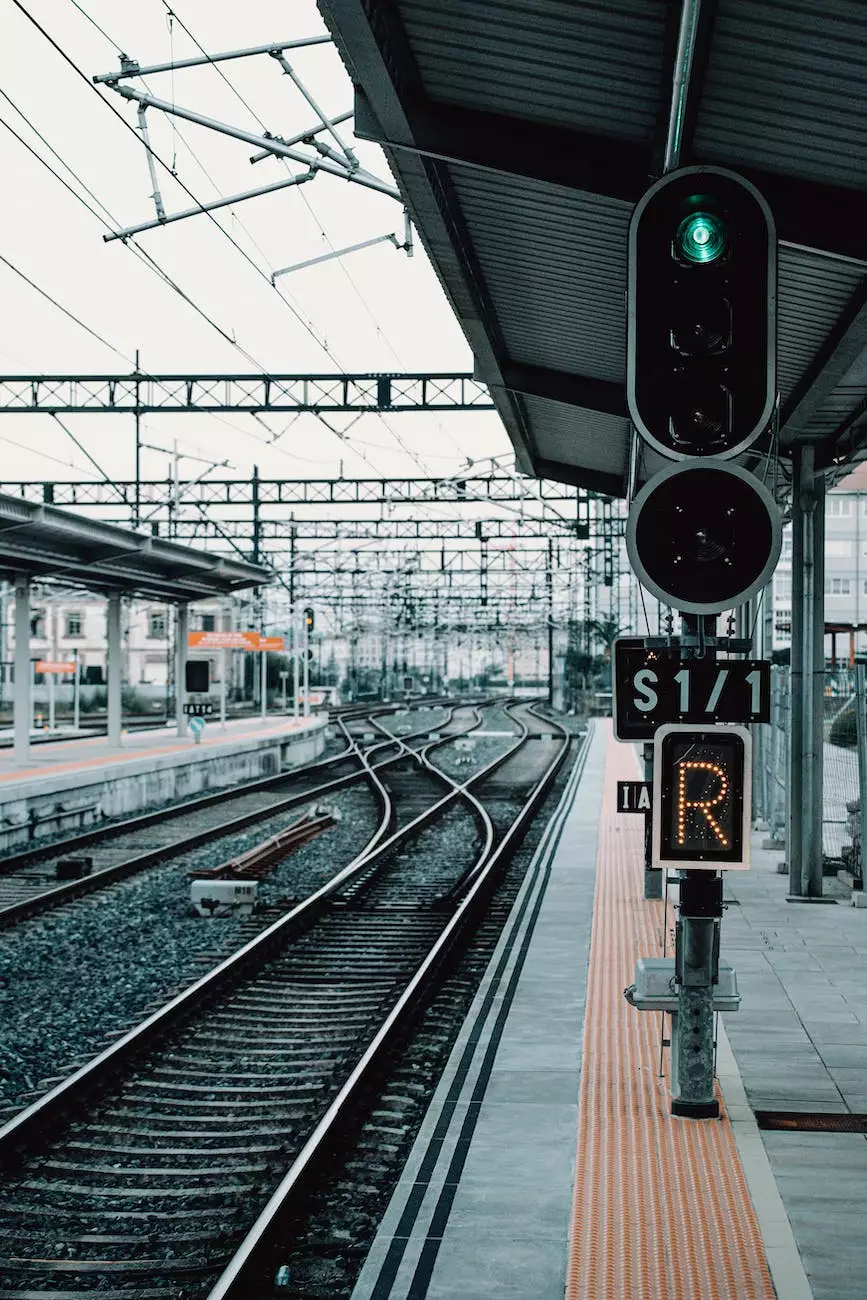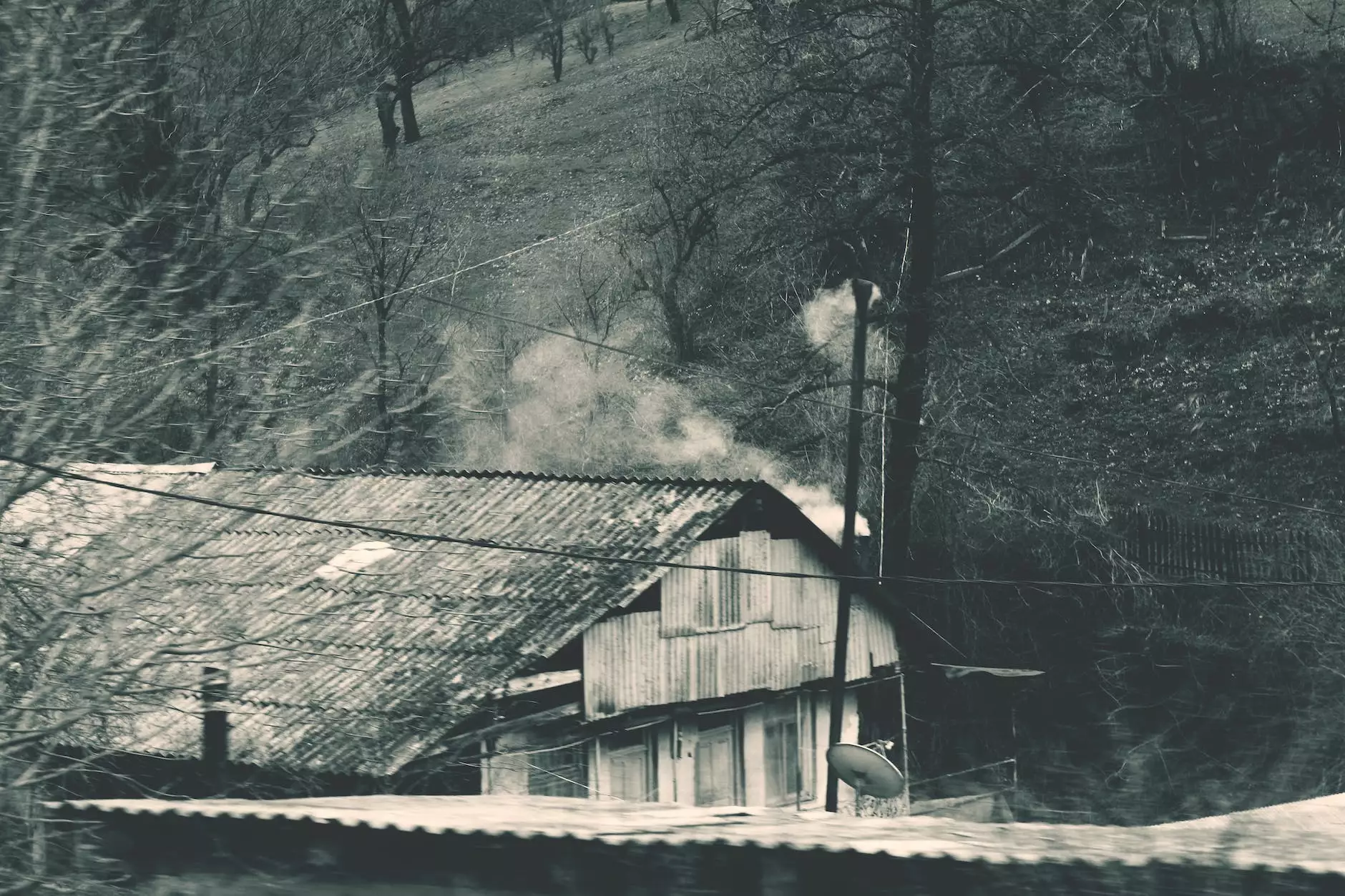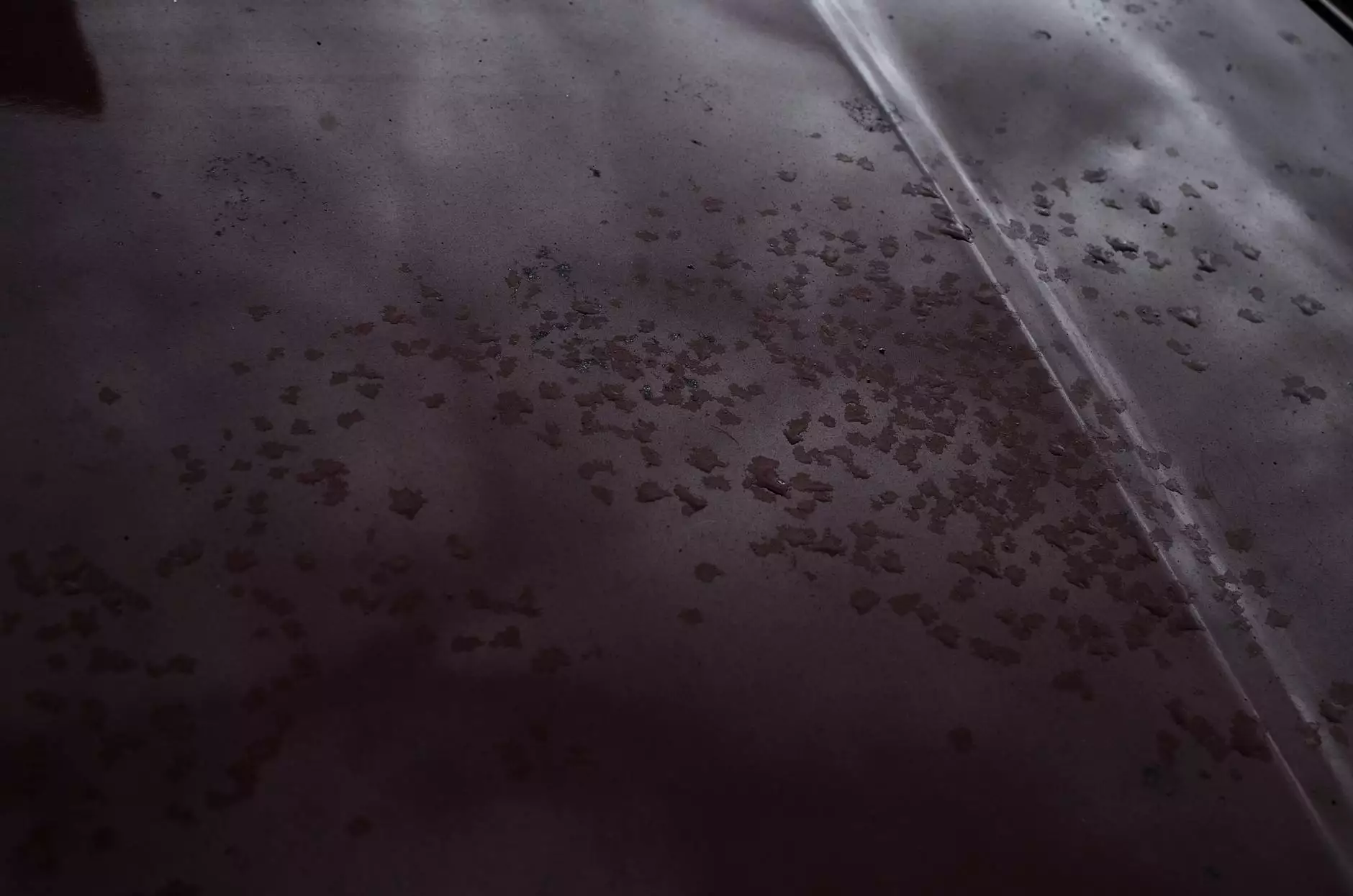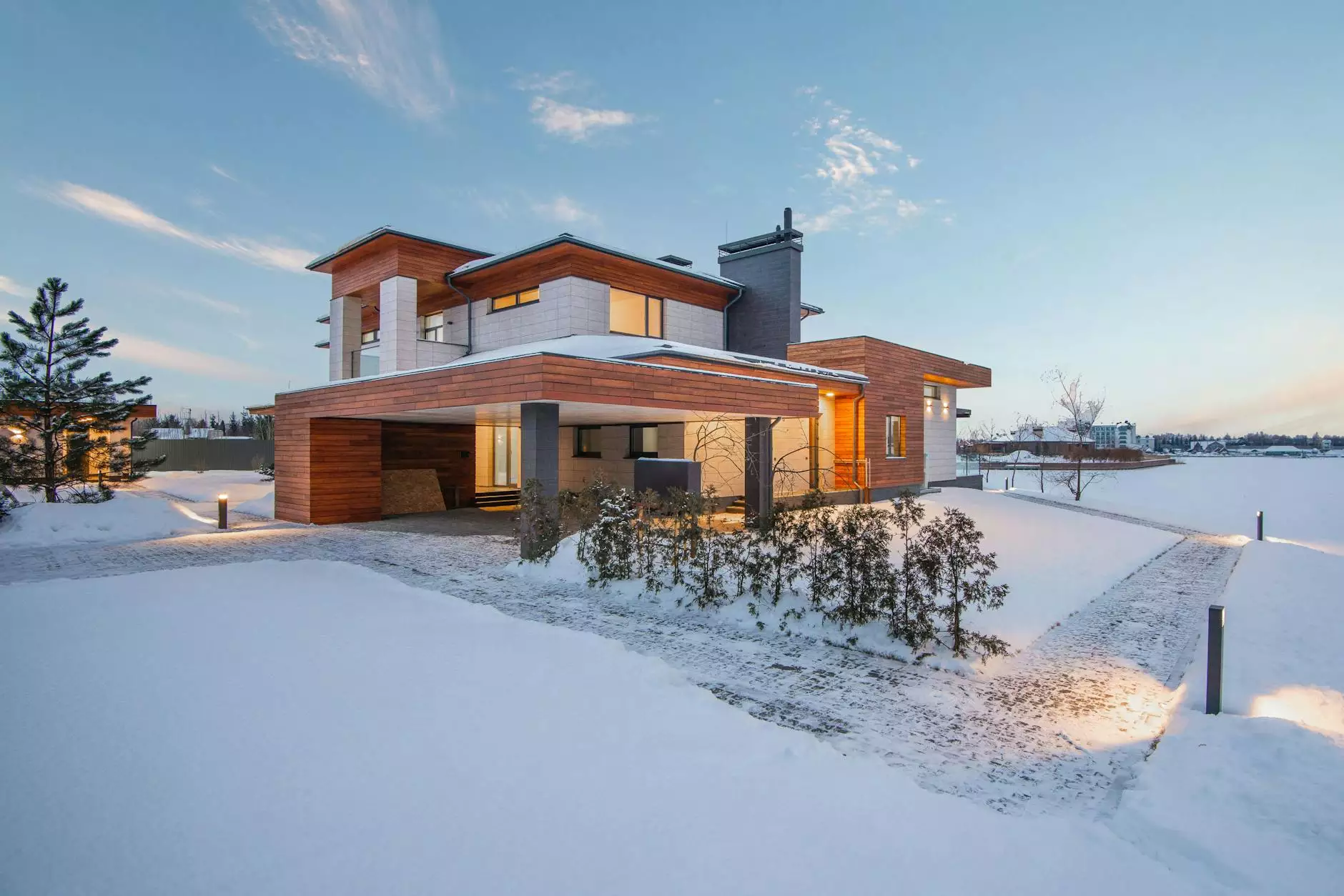What is a Roofing Square: Your Complete Guide
Roof Types
Understanding Roofing Squares
When it comes to roofing, one term you may often come across is "roofing square." But what exactly does it mean? In this guide, St Louis Premium Roofing aims to provide you with a comprehensive understanding of roofing squares.
What is a Roofing Square?
A roofing square is a unit of measurement used in the roofing industry to calculate the size and estimate the cost of a roof. One roofing square is equivalent to 100 square feet or a 10-foot by 10-foot area. It helps roofing professionals determine the amount of materials needed and estimate the overall project cost.
The Importance of Roofing Squares
Understanding the concept of roofing squares is crucial for both homeowners and roofing contractors. By knowing the size of your roof in squares, you can get accurate cost estimates, compare quotes from different contractors, and ensure that you're paying a fair price for your roofing project.
Calculating Roofing Squares
Calculating the number of squares required for your roof depends on its shape and complexity. Let's take a look at some common roof shapes and how to calculate roofing squares for each:
Gable Roof
A gable roof is one of the most common roof shapes, consisting of two sloping sides that meet at a ridge. To calculate roofing squares for a gable roof, simply measure the length and width of each rectangular side, multiply them together, and divide by 100.
Hip Roof
A hip roof has slopes on all four sides and no vertical sides. Calculating roofing squares for a hip roof can be a bit more complex. Measure each rectangular side, as well as the triangular sides formed by the sloping planes. Multiply the measurements, add them together, and divide by 100 to get the total number of squares.
Mansard Roof
A mansard roof features two slopes on each side, creating additional interior space. Roofing squares for a mansard roof can be calculated similarly to a hip roof. Measure the rectangular sides, the triangular sides, and any additional complex areas. Add the measurements together and divide by 100.
Factors Affecting Roofing Square Calculation
Keep in mind that calculating roofing squares involves several factors that can affect the final numbers. These factors include:
- Roof pitch: Steeper roofs require more shingles and materials, increasing the number of squares needed.
- Roof complexity: Roofs with multiple valleys, dormers, or skylights may have additional areas, requiring more squares.
- Waste factor: It's essential to consider a waste factor when calculating squares to account for trimming, overlaps, and cut-offs.
Working with Roofing Professionals
While this guide provides you with a basic understanding of roofing squares, it's important to note that consulting with roofing professionals is crucial for accurate calculations. St Louis Premium Roofing has a team of experienced professionals ready to assist you with your roofing needs, including accurate measurements and cost estimates.
Conclusion
Roofing squares play a vital role in estimating the size and cost of a roof. By understanding how to calculate roofing squares and considering various factors, you can make informed decisions about your roofing project. Don't hesitate to reach out to St Louis Premium Roofing for expert guidance and top-notch roofing services.










